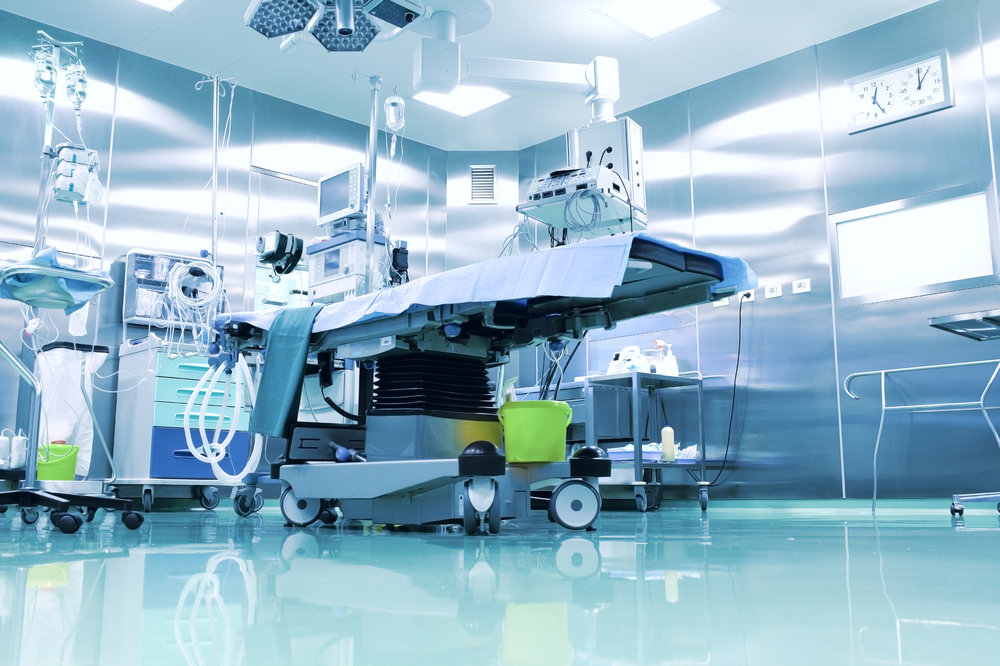
In the world of healthcare, surgical procedures demand precision, skill, and the right tools. Surgical instruments play a pivotal role in ensuring successful surgeries and optimal patient outcomes. In this article, we will explore the essential surgical instruments that every operating room should have, shedding light on their functions and significance.

1. Scalpels and Surgical Knives
Scalpels are fundamental tools used for making incisions during surgical procedures. They come in various sizes and blade shapes, each designed for specific types of incisions. Precision in scalpel choice is crucial for minimizing tissue damage and facilitating optimal healing.
2. Forceps and Tweezers
Forceps and tweezers are versatile instruments used to grasp and manipulate tissues, vessels, or other objects within the surgical field. These instruments come in different designs to suit various tasks, such as tissue handling, suturing, and positioning.
3. Hemostats and Clamps
Hemostats and clamps are vital for controlling bleeding during surgery. Hemostats can be used to clamp blood vessels, while surgical clamps are employed to occlude vessels or secure tissue bundles, allowing surgeons to work without interruption from excessive bleeding.
4. Scissors
Surgical scissors are available in various shapes and sizes, each tailored for specific tasks. Mayo scissors, for instance, have heavy blades suitable for cutting dense tissues, while delicate scissors are designed for precision cutting of delicate structures.
5. Needle Holders
Needle holders are essential for suturing, allowing surgeons to grasp and manipulate needles effectively. A secure grip and precise control are crucial for accurate and efficient suturing.
6. Retractors
Retractors are employed to hold back tissues, providing the surgeon with a clear view and access to the surgical site. These instruments come in various shapes and sizes to accommodate different anatomical structures.
7. Suction Devices
Suction devices help maintain a clear and fluid-free surgical field by removing blood, debris, and other fluids. A clear field of vision is crucial for accurate surgical maneuvers.
8. Electrocautery and Diathermy Equipment
Electrocautery and diathermy equipment use electrical currents to cut tissue and control bleeding. These tools are essential for achieving precise tissue dissection and coagulation during surgery.
9. Sterilization Containers and Trays
Proper sterilization and organization of surgical instruments are crucial for preventing infections. Sterilization containers and trays ensure that instruments remain sterile and readily accessible during procedures.
10. Anesthesia Equipment
While not strictly instruments, anesthesia equipment is indispensable for ensuring patient comfort and safety during surgery. This includes anesthesia machines, monitors, and supplies for administering anesthesia.
11. Surgical Lights and Tables
A well-lit surgical field is vital for surgical accuracy. Proper surgical lighting and adjustable operating tables enhance the surgeon’s ability to perform procedures effectively.
Conclusion
Surgical instruments are the backbone of successful surgeries, and each instrument serves a specific purpose in the operating room. The right instruments can significantly impact surgical outcomes, patient safety, and the overall efficiency of procedures. As you equip your operating room, carefully consider the functions of each instrument and their relevance to the procedures you’ll be performing. At [Your Company Name], we offer a comprehensive range of high-quality surgical instruments to meet the needs of modern healthcare facilities. Contact us to explore our selection and elevate your surgical practice to new heights.
